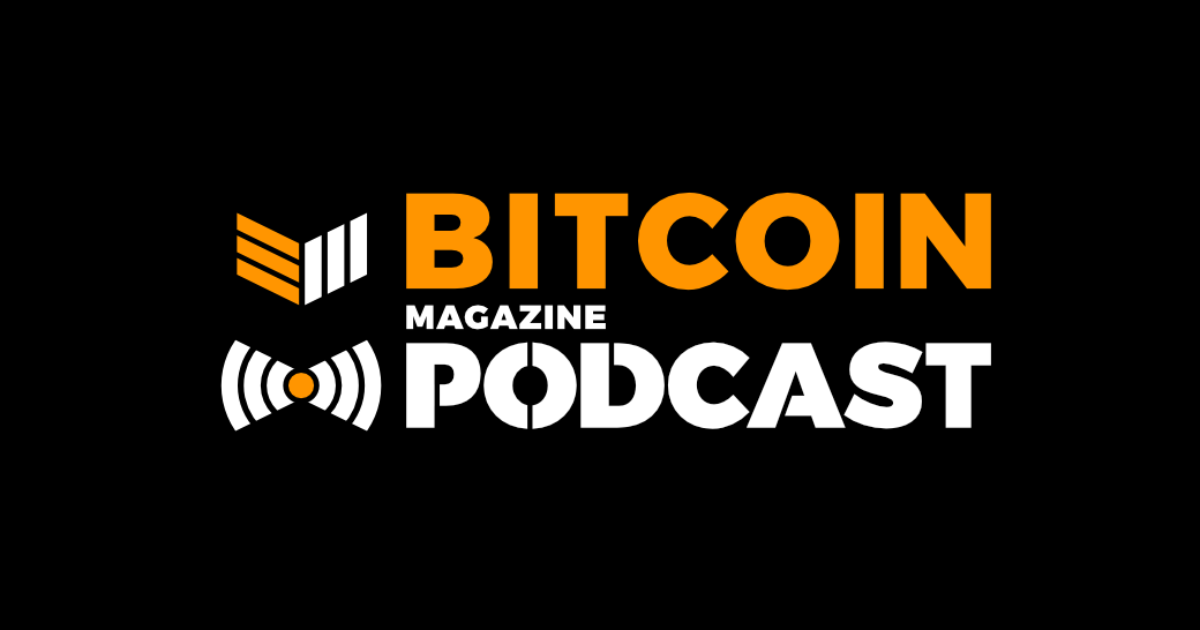Interview: Bitcoin And The Long-Term Debt Cycle With Dylan LeClair
Bitcoin Magazine’s Dylan LeClair joined “Fed Watch” to discuss Bitcoin and the long-term debt cycle.
Watch This Episode On YouTube
Listen To This Episode:
- Apple
- Spotify
- Libsyn
- Overcast
In this episode of Bitcoin Magazine’s “Fed Watch” podcast, hosts Christian Keroles and Ansel Lindner sat down with Dylan LeClair from Bitcoin Magazine.
LeClair is the writer of “The Conclusion Of The Long-Term Debt Cycle And The Rise Of Bitcoin,” an article on Bitcoin Magazine using Ray Dalio’s long-term debt cycle to look at the current system and how bitcoin fits in. LeClair is a great example of the growing Bitcoin Magazine community; spreading valuable content to beginners, who in turn become the valuable content producers.
After some introductions, LeClair begun by walking through short-term versus long-term debt cycles. Most people will be familiar with the idea of business cycles. These are periods of seven to ten years, where the economy expands and contracts, recovery and recession. Those are the short-term cycles. We all live through several of them in our lifetimes.
However, the long-term debt cycles can be anywhere between 75 to 100 years in length. These cycles are due to each individual short-term cycle not completely clearing the bad debts and misallocations of capital out of the system. Every 75 to 100 years, a larger bust finally resets the economy more deeply. It happens so infrequently, no one personally remembers the last cycle, so no one other than economic historians are around to warn everyone.
LeClair and the co-hosts then discussed the tools at the disposal of the government and the Federal Reserve to delay or deal with short- and long-term debt cycles. These tools are typically used in order, because they vary in how politically difficult they are to get enacted. First is to adjust interest rates, next is quantitative easing (QE), lastly the government starts spending to boost the recovery. Whether or not these tools work as designed was the topic of conversation on this podcast. Do they or can they accomplish their goal? We tried to answer that.
Toward the end of the show, talk turned to bitcoin. For bitcoin, as an asset with no counterparty risk, in other words, there’s no direct risk to bitcoin from these long-term debt cycles. It could happen fast, over the next couple of years, or slowly, taking another decade or two. The question they ended the episode on was, “Where does the dam break?” Which central bank will fall first, or which one will adopt bitcoin first? It’s quite possible that the Federal Reserve is the first major central bank to have bitcoin reserves.









